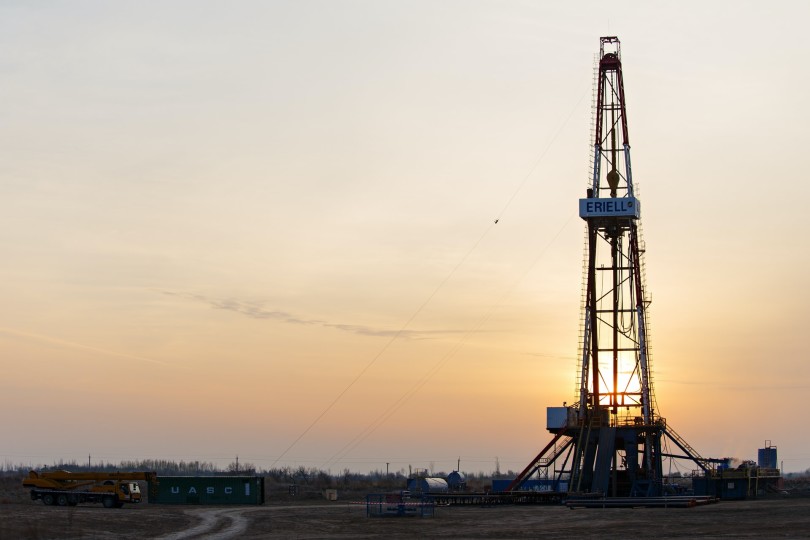How does Battery Energy Storage work?
19 Apr 24
Enviro ChatThe Global News Source for the World of Science and Chemicals
14 June 2020
Lab Chat
The UAE Minister for Energy and Industry has indicated that the country will undertake even more oil production cuts this month. In an official announcement, Suhail bin Mohammed Faraj Faris al Mazrouei said that Emirati output will drop by a further 100,000 barrels per day, on top of the previously agreed OPEC+ cuts.
The decision follows in the footsteps of fellow OPEC members Saudi Arabia and Kuwait, who have both signalled that they will reduce production levels below those negotiated in the May OPEC+ deal. The moves are an attempt to salvage the nosediving price of crude oil on the market, which has come about as supply vastly outweighs demand due to the unique circumstances precipitated by COVID-19.
In April, members of OPEC and certain allies (including Mexico and Russia) agreed to slash their output by 9.7 million barrels per day in May and June. The cuts, which are the biggest ever recorded by any oil producers around the world, came after many weeks of stalemate between Saudi Arabia and Russia, with neither wishing to back down and slow their production.
That 9.7 million figure equates to about 10% of the global supply and it was hoped that it would prove effective in halting the rapid slide of prices around the world. However, the outbreak of coronavirus in China late last year – and its subsequent spread to the rest of the world over the last few months – has all but killed demand. With industries shutting down and travel greatly reduced, the need for fuel has slumped to a two-decade low.
That dilemma has caused UAE to announce further cuts of 100,000 barrels per day in June. Saudi Arabia have pledged to pull back their output to 7.492 million barrels per day this month as well, down from the agreed target of 8.5 million. Kuwait, meanwhile, plans to slash a further 80,000 barrels per day from its previous quota.
Rewind two months and the situation was very different. In April, the UAE increased its production capacity to four million barrels per day, the highest in its history. It also indicated it was accelerating plans to reach five million barrels a day before the previously announced target of 2030.
Meanwhile, Saudi Arabia also made known its plans to ramp up production in the near future, boosting its capacity from 12 million to 13 million barrels per day. All of this took place after coronavirus had already made itself felt and the consequences of global lockdown were apparent… so why did it take so long to cut oil production?
The answer is complex and many-faceted. For its part, OPEC was keen to make its presence felt in the wake of increasing Russian dissent. Meanwhile, the costs of shutting down wells – and the long-lasting ramifications of doing so for smaller producers – is another reason why it has taken so long for output to fall. But with demand languishing at historically low levels, the current cuts may well have come too late to protect countless economies around the world.
DOWNLOAD PDF

2 Day Seminar Program
@ ArabLab+ 2024
24 & 25 September 2024
Your stay in Dubai
Labkit
Product News
Chemkit
Product News
Thinking about exhibiting at ARABLAB 2024? Watch our video to find out more.
Join the world’s leading organisations…
Join our mailing list and receive the ARABLAB newsletter and event updates.